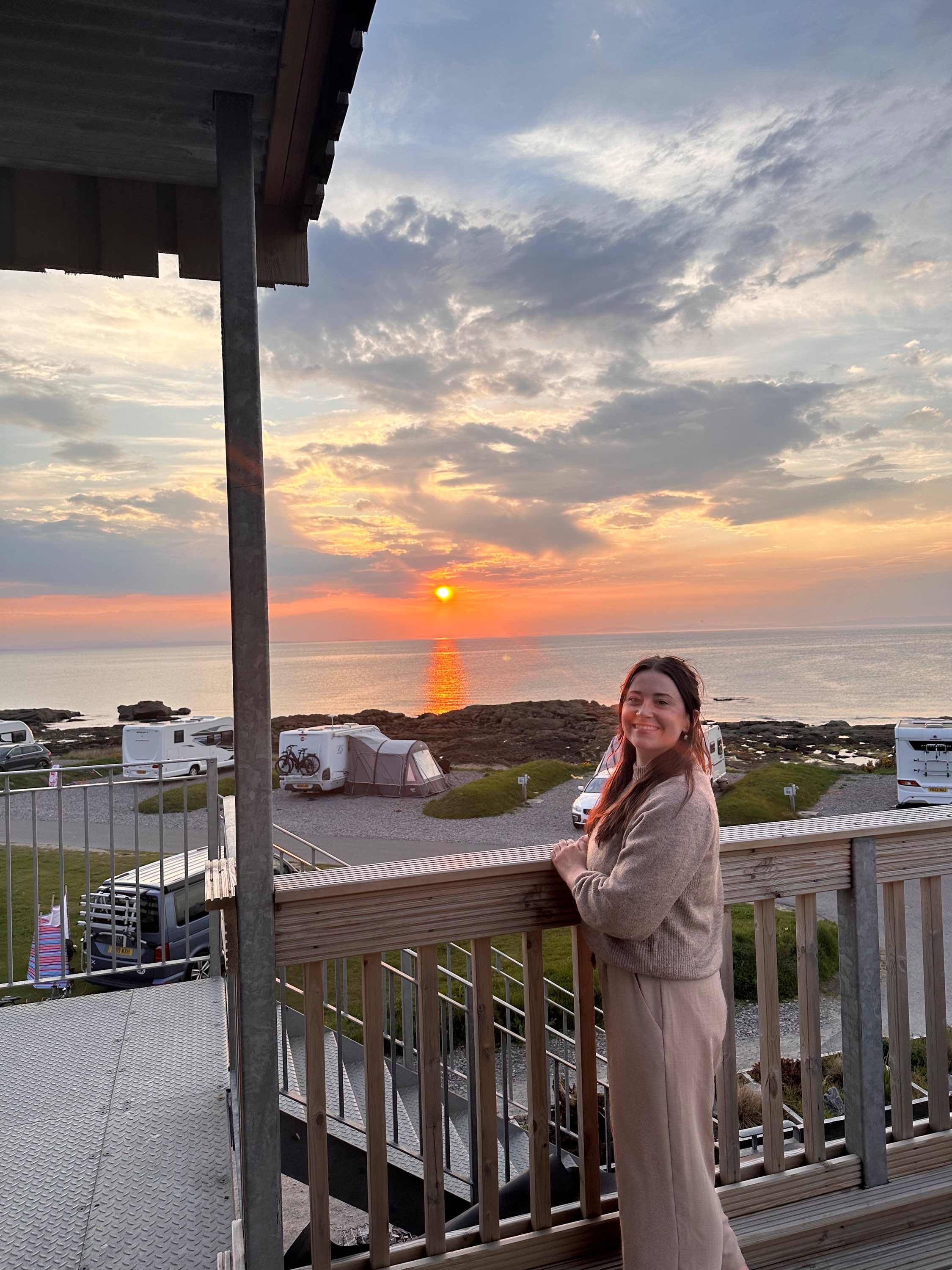The 6 Principles of Pilates
- Katie Beazley

- Dec 11, 2022
- 3 min read
Joseph Pilates originally founded Pilates or at the time it was called "Contrology" in the early 1920’s. It was based on the holistic effects of centring, concentration, control, precision, breath, and flow which are now known to be the 6 Principles of Pilates.
Sometimes from the outside looking in, it can seem like we are not doing much in Pilates but that couldn’t be further from the truth. We are not just moving our body in some really challenging ways, but we are also, whether we realise it or not, managing to incorporate all of these different principles into every movement. It will be helpful to know what these principles are to help you deepen your practice. In this blog I will give a brief explanation of each principle and maybe when you are in your next Pilates session you can be on the lookout for when we are applying the different principles…

Centring
This concept is defined as physically bringing the focus to the centre of the body, the powerhouse area between the lower ribs and pubic bone. Energetically, Pilates exercises are sourced from the centre.
All movements in Pilates originate from the centre of the body, including activating and engaging or relaxing your core and pelvic floor muscles. Why? Having a strong core is key to overall fitness, prevents injury, alleviates back pain and protects the spine and vital organs. Having a strong core is incredibly helpful for everyday functional movements and improves posture.
Concentration
The idea behind this principle is if you bring full attention to the exercise and do it with full commitment, you will obtain maximum value from it. I personally don’t interpret this one as needing to do the exercise perfectly but instead just giving it your full focus. The aim is to concentrate on each aspect of a movement to perform it optimally. Concentration also offers mental rewards. Concentration in Pilates is similar to practicing mindfulness: You are bringing awareness to your movements in the present moment. For me this is the practice of being able to be aware of all the different elements that an exercise requires and actively trying to improve on them every class but more importantly I think because that is a part of the Pilates class you almost have to leave your life stresses at the door in order to figure out how to get through a class and so it does end up being this mindfulness gift and then when you leave you can then go and face the stresses that you left at the door more robustly.
Control
No body part is left to its own devices. We aim to have total muscular control over the movements, hence why sometimes we do things slowly. If you do something fast often you can just jerk your body into position, but the goal is to do it slowly and control in order to get the most out of the movement. It is all a conscious, deliberate movement. This principle of control extends to the mind as well, as you learn to use it to control your movements with intention.
Precision
In Pilates, we aim to sustain awareness throughout each movement. There is a goal placement, alignment relative to other body parts, and trajectory for each part of the body in every exercise.
Precision, in this context, means performing every movement and step in a deliberate manner with specific shapes and cues for each exercise. We aim to focus on perfecting the technique in order to break harmful past exercise habits and movement patterns.
Breath
Joseph Pilates emphasized using a very full breath in his exercises. He advocated thinking of the lungs as a bellows—using them strongly to pump the air fully in and out of the body.
Most Pilates exercises coordinate with the breath, and using the breath properly is an integral part of Pilates exercise. Breath is likely the most important principle; Joseph Pilates stressed that above all, you should learn how to breathe correctly.
Flow
Pilates exercise is done in a flowing manner. We hope to perform all the exercises with fluidity and ease. The energy of an exercise connects all body parts and flows through the body in an even way.
But I also think this principle extends to the class structure. I think it is important to have flow throughout class in order to feel comfortable. You will notice I try not to have you up and down too much. I think this helps you concentrate on your practice better.
What should be your takeaway from this?
Before your next Pilates session, it might be helpful to pick one principle you would like to focus on, asking yourself if you can go further with that principle. At the very least, it may work to distract you from the glorious pain of The Hundred…



Comments